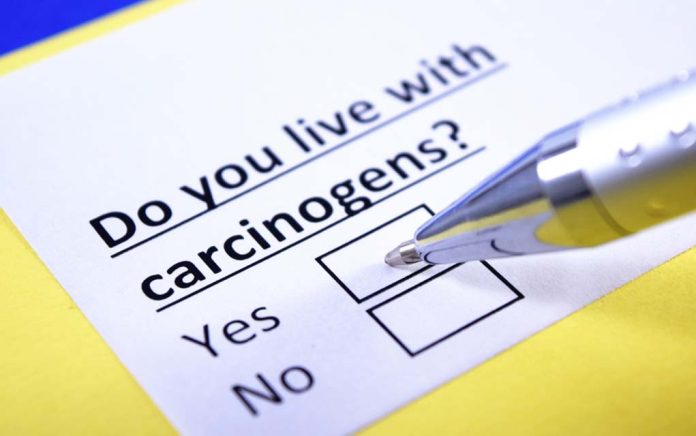
(HealthyResearch.com) – There are tons of hidden dangers out there, some of which are lurking inside our very homes. We can’t always see or smell the threats that are present, but some of them can become downright deadly when they accumulate.
Radon occurs naturally just about everywhere, and if the conditions are just right, this invisible, odorless gas can build up to dangerous levels inside homes and other buildings. Here’s what every person needs to know to stay safe.
Naturally Occurring Gas
Radioactive materials like uranium, thorium and radium, which occur naturally all over the planet, release small amounts of gas as they decay. The National Cancer Institute explains that the gas they release, called radon, is also radioactive. It’s present in nearly all air, but usually in such small amounts that experts don’t consider it a threat. When radon releases into a poorly ventilated building, however, levels can build to where they become dangerous to breathe.
Radon in the Home
Because radon is undetectable without specific tests, most people have no idea how high the levels might be in their houses. Radon doesn’t cause any symptoms upon exposure; there are no headaches, nausea or other indicators of a toxic gas building up in the air. All poorly ventilated homes are at risk.
The CDC warns that radon can leak into the home via numerous routes. Most commonly, it enters through cracks in the floors and walls, between construction joints, from gaps between the house and foundation and through wall gaps and crevices for pipes. Radon can be present in both the soil and the water, and radon gas can emerge from either. When people breathe in radon gas, some radioactive particles can become trapped in the lung tissue, where they degrade and cause radioactive damage.
Health Effects of Radon
Excessive radon exposure can significantly increase a person’s risk of developing lung cancer, contributing to an estimated 15,000 to 22,000 deaths each year. Added irritants, such as dust, diesel gas and cigarette smoke, can further increase those risks.
Cigarettes add the most danger; according to an EPA assessment, the effects of smoking and radon exposure can act synergistically with one another against the body, which means each magnifies the effects of the other. People who work in poorly ventilated areas, such as mines, may also increase their risks, with the added dust, silica and other contaminants leading to additional lung damage.
People who are concerned about the possible radon levels in their homes can check the EPA’s radon zone map for high-risk areas. Testing kits are readily available, cheap and easy to use. Homes with excessive radon levels may need renovations to improve indoor ventilation.
Radon is unavoidable, but a well-ventilated home can keep levels down to a minimum. People in red zones can take control and reduce personal risks by monitoring air levels and avoiding cigarette smoke. The risk is real, but there are steps each of us can take to stay as safe as possible and reduce the potential effects.
~Here’s to Your Health & Safety!
Copyright 2021, HealthyResearch.com
















